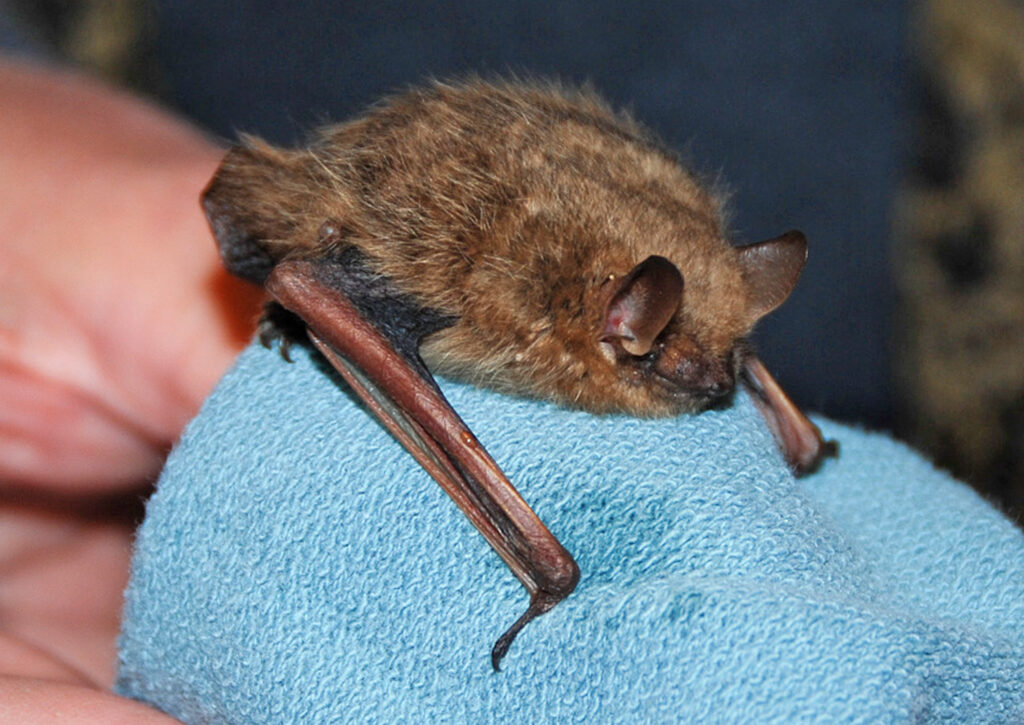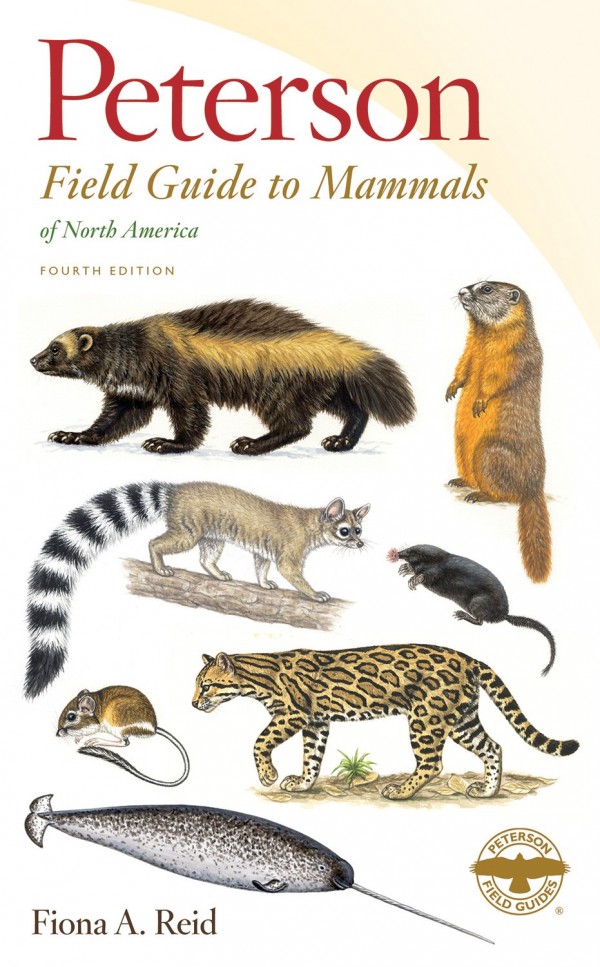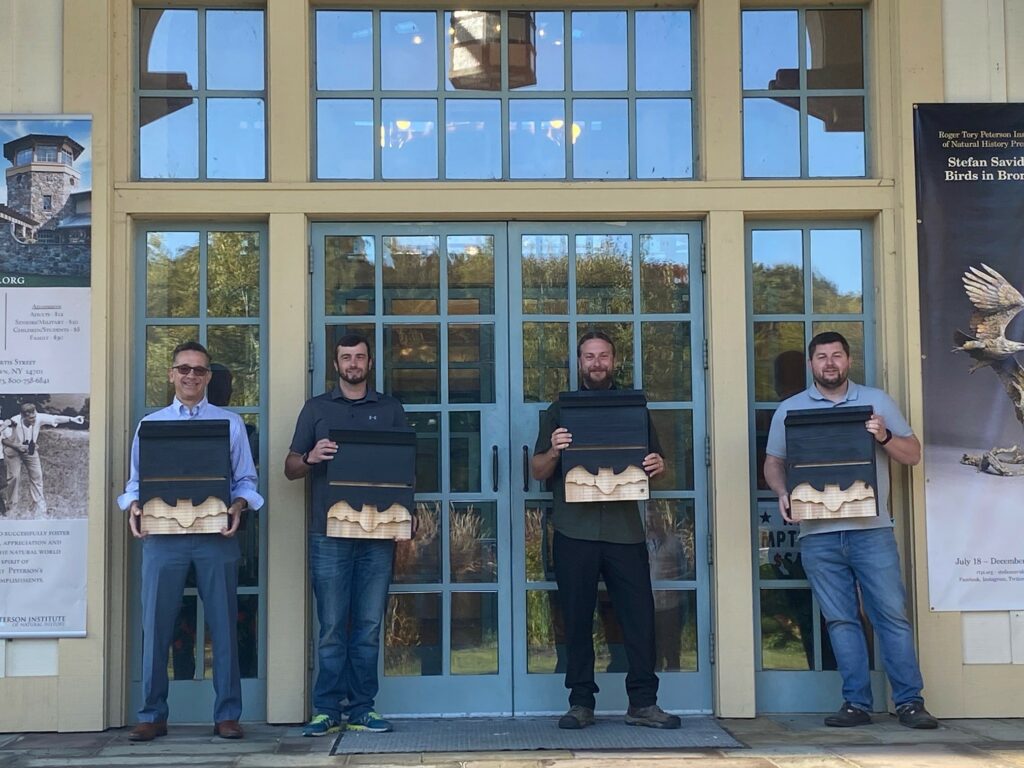
Bats are beautiful — if you think about how helpful they are. Bats eat insects. Lots of them. Including mosquitoes. On average, bats can catch and consume 1,000 insects a night. Female bats, nursing their “pups,” can eat the most — up to 4,000 insects per night.
Most bats live in colonies. Each bat house at RTPI can harbor a colony ranging from 50 to 200. For the sake of easy math, let’s say each of our six bat houses is home to 100 bats. That equals 600 bats. If each of those 600 bats eats one thousand mosquitoes per night, that adds up to 600,000 mosquitoes — each and every night.
Aren’t bats just beautiful?
There are nearly 50 different kinds of bats in the United States. Western New York is home to nine bat species, including the Eastern Pipistrelle. Most bats catch their prey with their teeth. Eastern Pipistrelles have the ability to catch insects with their tails, as well. On the wing, they can bend their heads and grab trapped insects out of their tail pouch.

As far as we know, Roger Tory Peterson didn’t draw or paint any bats. However, if you want to learn to identify bats The Peterson Field Guide to Mammals and the Peterson First Field Guide for Urban Wildlife are a good place to start.

Can you tell these are bat houses? Thanks to Dawson Metals, one of our many community partners, which painted all of our bat houses black. For the weather conditions in our particular region, painting bat houses black helps absorb and retain heat, making them better for bats.

